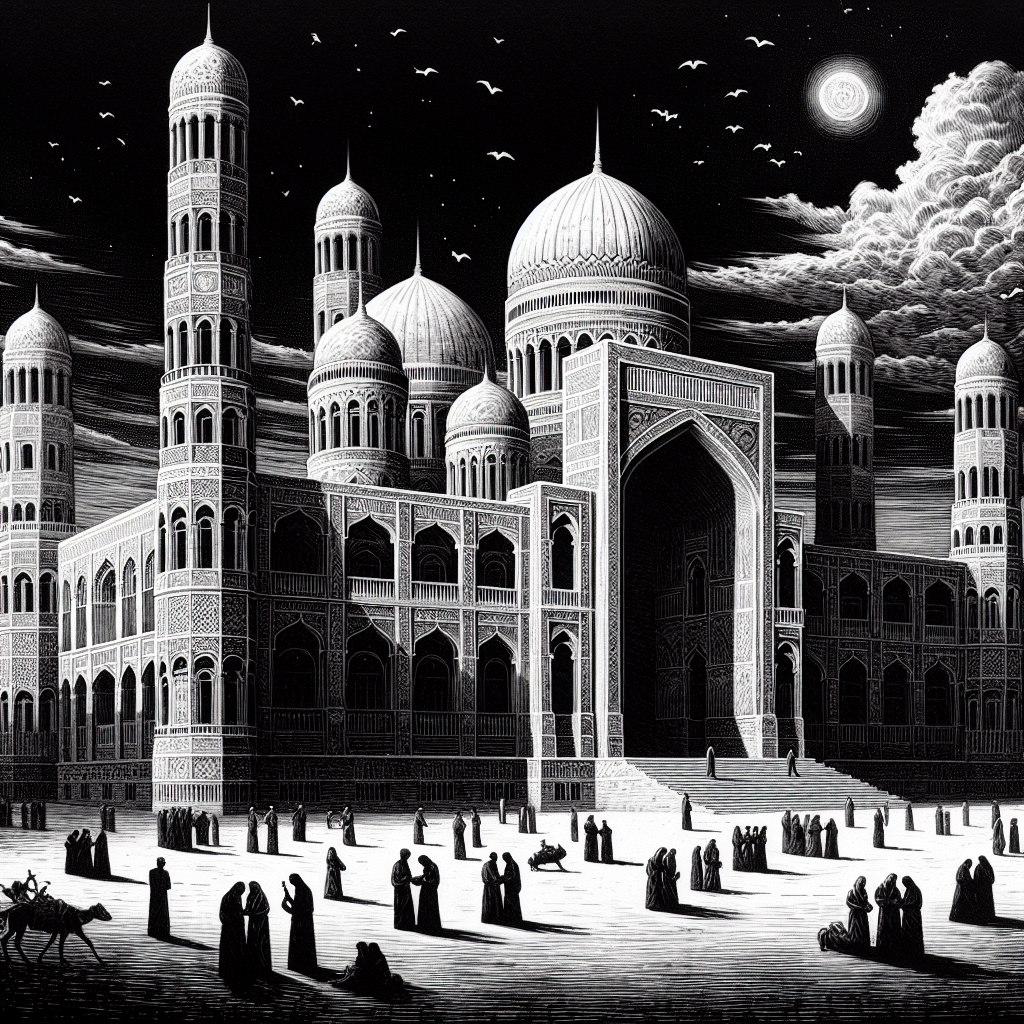Japan and Gulf Countries: Who Will Replace the United States in Assisting Central Asia?

Data for the period from 1991 to 2023 underscore dynamic changes in the donor landscape in Central Asia that have had a significant impact on the region’s development. For example, according to estimates from the Caspian Policy Center, USAID’s commitments alone exceeded $154 million in 2023. However, in light of the recent statement by the U.S. Secretary of State that 83 percent of USAID programs will be discontinued, a critical question arises: who will take the place of the United States in supporting development in Central Asia?

Over the last three decades, the donor profile has shifted in parallel with the political and economic transformations in the region. In the early years after the dissolution of the Soviet Union, aid flows were characterized by marked differences among recipient countries. While the United States became the largest donor to Kazakhstan, Tajikistan, and Turkmenistan, its contribution to Uzbekistan was significantly smaller—often amounting to only about one-third of Japan’s aid volume.
These differences are vividly reflected in data showing that Japan consistently played a significant role, providing large and steady flows of funds aimed at infrastructure development and institutional modernization.
Earlier studies sometimes painted an almost monopolistic picture of aid—for example, the Finnish Institute of International Affairs once claimed that Turkey accounted for up to 90 percent of development assistance to Central Asia (between 1992 and 1996). However, broader data, including OECD statistics and individual donor reports, point to a more diversified structure (see the chart above).
Between 1991 and 2018, the major donors were not only the United States and Turkey but also Japan and the EU countries.
Beginning in the late 2010s, the influence of the Gulf Cooperation Council (GCC) countries has grown steadily. For instance, in 2021, the combined contributions of four GCC member states—UAE, Saudi Arabia, Kuwait, and Qatar—exceeded $100 million. While Kuwait led in 2018, the UAE took first place between 2019 and 2023. In addition, new players such as South Korea, which began implementing its foreign aid strategy in 2020, have further broadened the range of funding sources.
Given the outlook that the United States is scaling back its assistance, Japan is expected to retain its position as the largest provider of Official Development Assistance (ODA) in Central Asia. At the same time, China is ramping up its activity—particularly in Tajikistan and Kyrgyzstan—using a combination of grants and soft loans.
The growing contributions from GCC countries, coupled with the development of innovative regional cooperation initiatives, confirm the readiness of countries in the region to engage with diverse donor strategies designed to address complex geopolitical challenges. The statistics are illustrated more clearly in the chart.